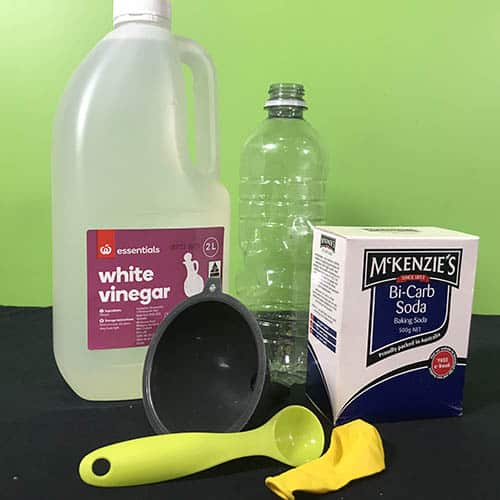
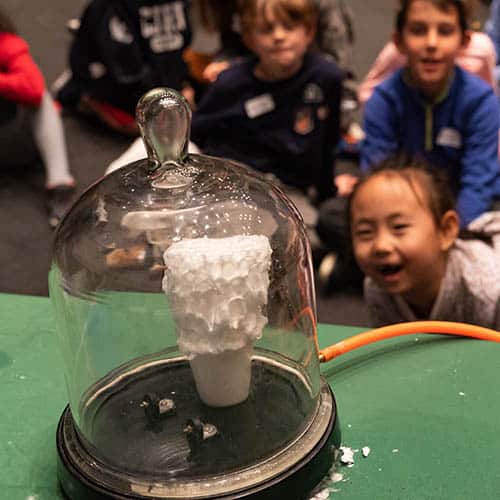
School science visits since 2004!
– Curriculum-linked & award-winning incursions.
– Over 40 primary & high school programs to choose from.
– Designed by experienced educators.
– Over 2 million students reached.
– Face to face incursions & online programs available.
– Early learning centre visits too!
Why Does This Happen:
Reacting vinegar and bicarbonate soda together produces carbon dioxide and water.
The reaction is as follows
Vinegar + Bicarbonate Soda —> Carbonic Acid + Sodium Acetate
The carbonic acid is unstable though, so it breaks down into liquid water and carbon dioxide as a gas, causing the massive ‘build-up’ of pressure you saw in the experiment.
The water is left in the vinegar solution whilst the carbon dioxide rises and fills the balloon on the bottle.
Variable testing
- Change the amount of bicarbonate soda
- Change the amount of vinegar
- Does the size of the bottle matter?
- Does the temperature of the vinegar matter?
From colour changes to slimy science, we’ve got your kitchen chemistry covered!
Get in touch with FizzicsEd to find out how we can work with your class.
Chemistry Show
Years 3 to 6
Maximum 60 students
Science Show (NSW & VIC)
60 minutes
Online Class Available
STEM Full Day Accelerator - Primary
Designed from real classroom experiences, this modular day helps you create consistently effective science learning that directly address the new curriculum with easily accessible and cost-effective materials.
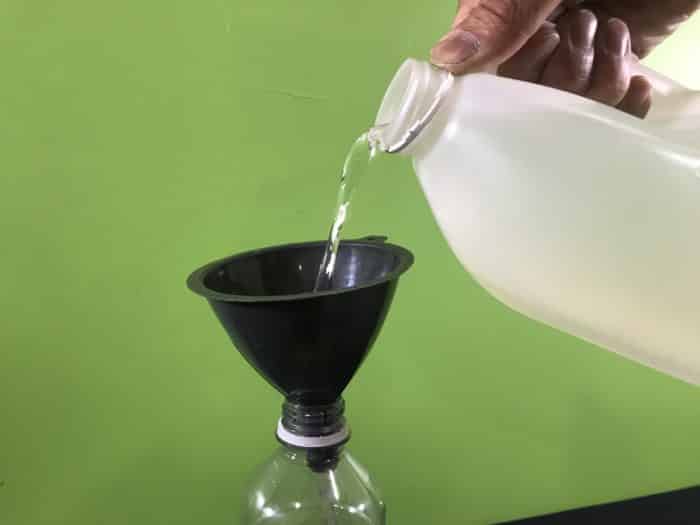
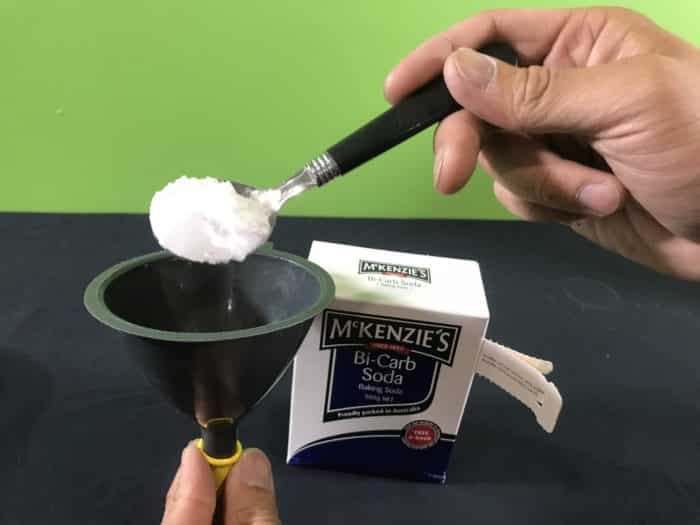
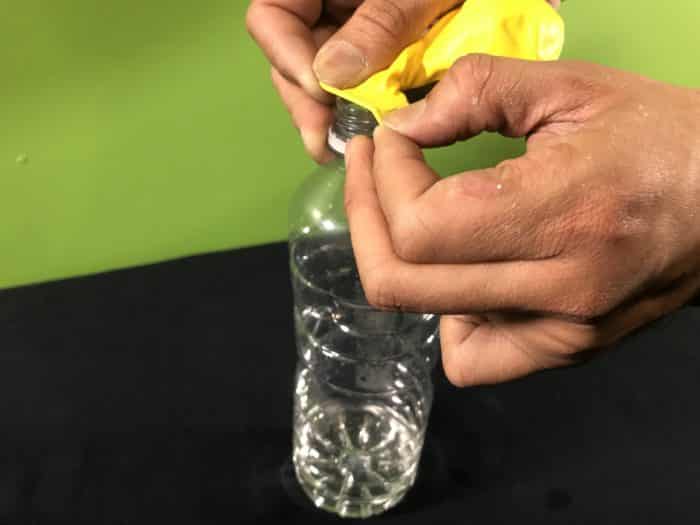
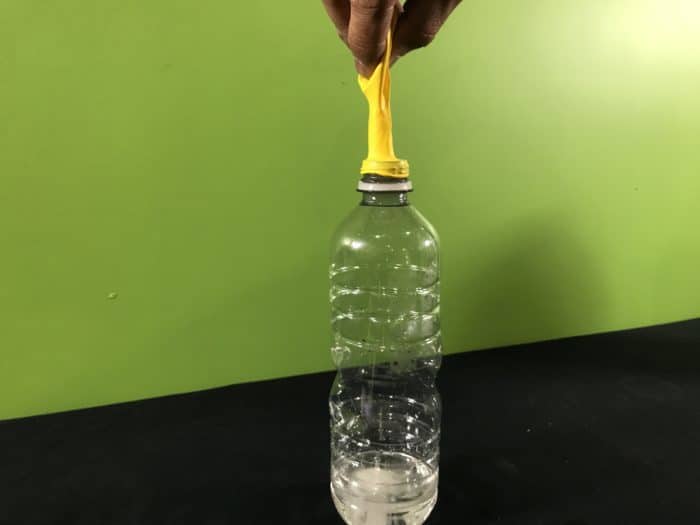
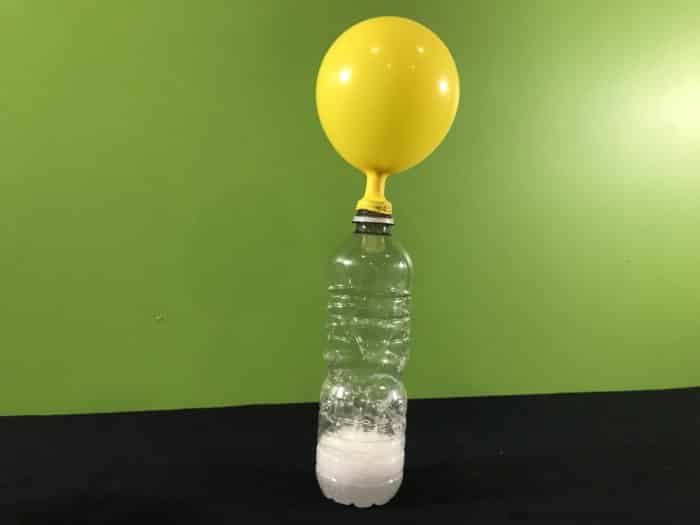



























Comments